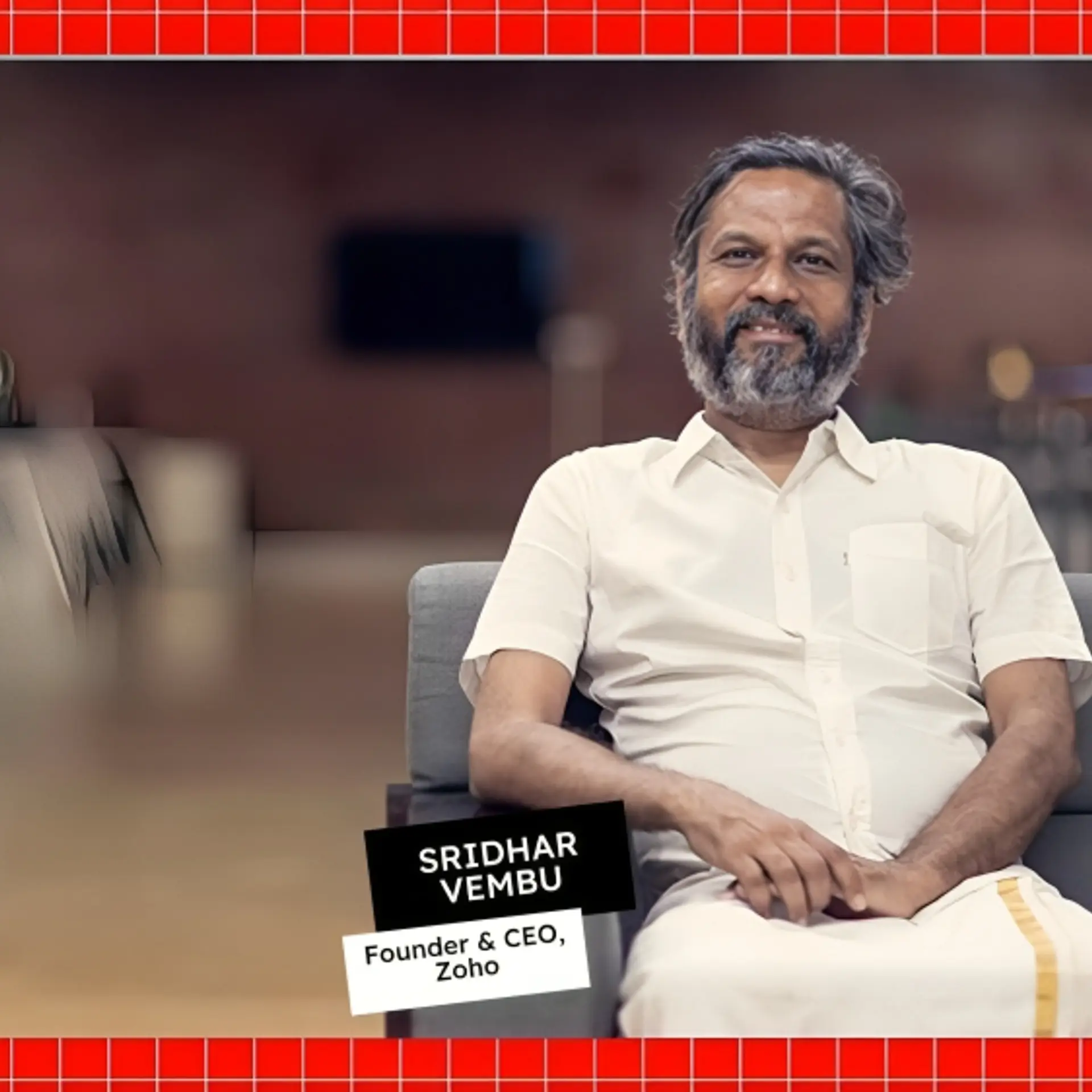Consensus is not absence of conflict!
Management books are replete with stories of various leadership styles and how they have built or destroyed stakeholder trust. But most practising managers agree that the best leadership style is democratic, that is management by consensus. What does this really mean?
“We are convinced about your product”, said the investor. “We have understood that your customers love your product and your market is huge. But before we invest $500 million in your company, we want to be convinced that you have the capability to lead your team to build the organisation that will be both profitable and sustainable for many years to come. We want to be convinced that you have it in you to transition from entrepreneur to leader.
So this is how we will establish your leadership qualities. We will narrate a story and at the end of the story, we will ask you a question pertaining to the story. If we like your answer, we will meet again to establish more of your leadership qualities. If we don’t like your answer, we will walk away. Each story will be around a particular theme. Our theme today is "consensus".

It is important to take all facts on board before making a decision
The general understanding of consensus seems to be played out as a tableaux of sorts, something like King Arthur and his Knights at the Round Table. Let’s visualise a budget meeting under way in a large, multi-product organisation. The CEO is at the head of the table. All the SBU heads are seated around him (it could be her too, we are not being sexist by saying him. We use him in a gender neutral fashion. Why him and not her? Simple. Majority).
The organisation follows April-March financial year. It is the first week of October. The year is 2019. The agenda is to outline sales budget for FY 2020. The CEO starts the discussion by presenting sales performance v/s budget for the bygone two quarters of 2019 of the organisation as a whole, projects the order book for the next two quarters of FY 2019 and what it seems they will close 2019 with, and sets the expectation in terms of growth for the following year. The ping pong now begins.
The mandate is very clear. Each of the SBU heads will now go back to their respective teams and start a detailed exercise of projecting sales for FY 2020. It is the organisation’s practice that before Xmas, the sales budget for the following FY should be frozen and on 24th December, there is a sign-off party hosted by the CEO for his SBU heads along with their families.
Let’s say the company makes photocopiers and is a market leader. Broadly the revenue streams are from sale of photocopiers, sale of AMC’s, sale of parts and components not covered under AMC, sale of consumables. Let’s say, based on this, there are three SBU heads. One for photocopier sales. A second for AMC and spares. A third for consumables. Now let’s make it a tad more complicated.

Consensus is not about computing all the "yeses"
Photocopier sales is not one homogenous unit. Based on market segmentation, there are SBU heads. There is one for institution sales, which means his responsibility is to sell copiers to educational institutions, research institutes, nodal agencies. There is a second head in charge of corporates. There is a third who is responsible for rentals to photocopier outlets. There is a fourth who sells desktop copiers to individuals, retail shops, restaurants, and small enterprises.
Now add to this mix SBU heads based on geography. For simplicity sake, let’s divide territory into north, south, east and west. And in each territory, there will be one SBU head responsible for sale of AMC’s and spares and another for consumables.
How many SBU heads in total does that come to? Nineteen.
So here’s my question Mr Entrepreneur. Does consensus mean that every single one of the nineteen SBU heads are completely in sync with what the sales target for next year should be? So they present their sales budget to the CEO in a unified voice? And the CEO simply signs off on it?
Not at all, said the Entrepreneur.
Consensus is not absence of dissent. And in organisations such as this where the sales in one vertical is dependent on the sale of the flagship product, it is highly unlikely that everyone will be a ‘yes-man’.
The process of consensus is not just collating all the yeses and going ahead with the decision based on majority but validating each one both on its own merit and in relation to the organisation’s vision and then making a judgement call. If it ruffles a few feathers in the process, so be it. It is par for the course.
It is quite likely that the CEO may decide to go ‘the other way’ completely, notwithstanding majority if he ‘feels’ and ‘knows’ different. By that I mean, his intuition may add a dimension to the decision making which the others may not have had access to. Likewise, his macro knowledge of the industry and the market may have armed him with facts that others may not be privy to.
Management by consensus to me, concluded the entrepreneur, means taking all facts on board before taking a decision. It is not about going with the majority or carrying the people with me in the deciding stage. Once I decide, of course, I will impress upon the team, backed by facts and reasoning, why I am taking the decision in this manner. That’s when I will carry them with me by making them buy into my vision. In a manner of speaking, I am actually building consensus for my negotiated agreement - the entrepreneur said with a knowing smile.
Good perspective, smiled the investor. This is how John Mackey, CEO of Whole Foods admits he does too. He brings others into the decision-making process - he says their dissent helps him address issues in the decision he has in mind. But it gets him buy-in too, he says - even if he overrides their dissent – only because they saw the decision-making process as fair.
Well done, and see you next week!
What do you say readers? How do you negotiate agreement and disagreement in your organization?
Mail it to us before February 14, 2019 to [email protected]
We will pick one winner, publish that story and you will get a chance to have a free half-hour mentoring session with Nandini Vaidyanathan.







